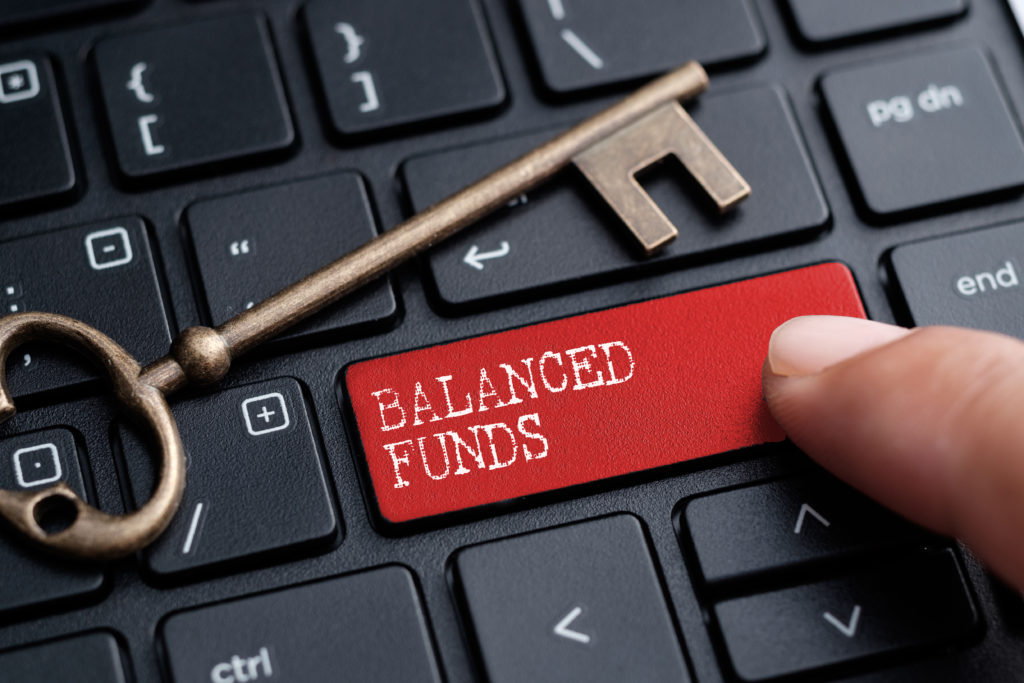Should you put all your retirement savings in a low-fee balanced fund?
Tina wants to lower her fees and also improve her annual returns. Is this the right tactic?
Advertisement
Tina wants to lower her fees and also improve her annual returns. Is this the right tactic?

Share this article Share on Facebook Share on Twitter Share on Linkedin Share on Reddit Share on Email